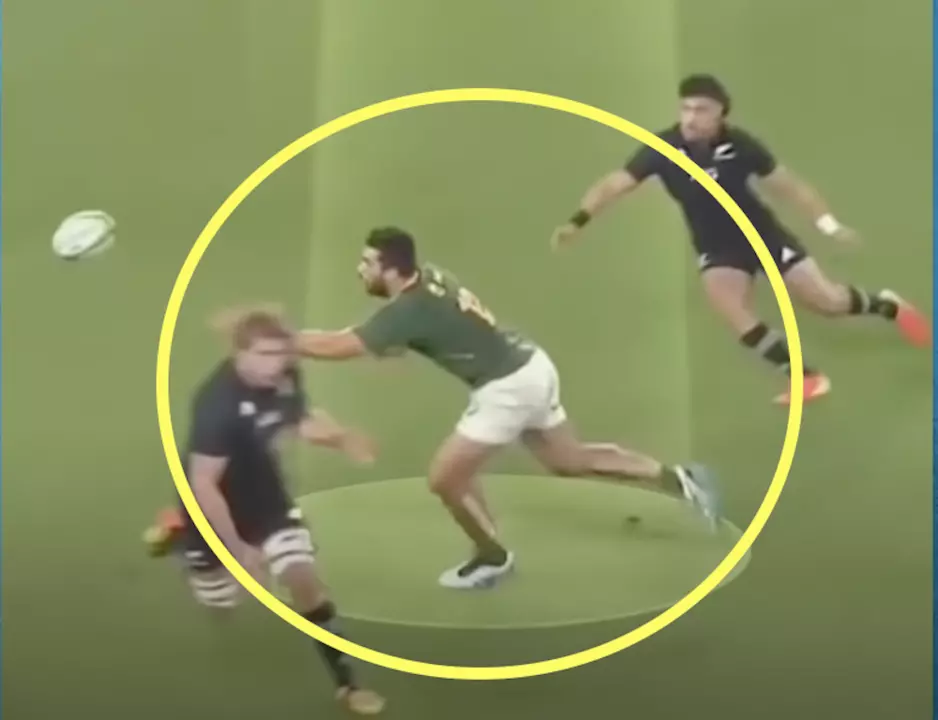Rugby knock on is a rule violation in rugby union and rugby league, where a player makes contact with the ball and the ball then goes forwards, or the player loses possession of it. It is considered a turnover, meaning that the team that committed the knock on loses possession of the ball. The knock on can be unintentional, such as when a player loses control of the ball, or intentional, such as when a player throws the ball forwards in an attempt to keep possession. The referee will call a knock on if they believe that the ball has been handled in a manner that is against the rules. The penalty for a knock on is usually a scrum awarded to the opposing team.
Rugby Rules Explained – What Every Fan Should Know
If you’ve ever watched a match and wondered why a certain play was allowed, you’re not alone. Rugby has a handful of rules that can change the flow of a game in an instant. Below we break down the most talked‑about rules, give you quick tips on spotting them, and show how they affect the outcome.
The 40‑20 Rule: Turning Defence into Attack
One of the most exciting tricks in rugby league is the 40‑20. When a team is stuck inside its own 40‑meter line, they can kick the ball directly into the opponent’s 20‑meter zone. If the ball bounces in‑field before going out, the kicking team keeps possession and gets a scrum at the spot where the ball went out. In practice, it’s a way to flip the field and catch the defense off guard. Look for big, strategic kicks from the half‑back or full‑back – those are usually aiming for a 40‑20.
Sevens vs. Fifteens: Rules That Make a Difference
Sevens rugby feels like a sprint, while fifteens is more of a marathon. The biggest rule changes are the number of players (seven per side versus fifteen) and the length of each half – two seven‑minute halves in sevens, versus the traditional forty‑minute halves. Because there’s more space on the field in sevens, you’ll see more line breaks and more scoring opportunities. Also, all conversion attempts in sevens must be drop‑kicked, unlike the place‑kick used in fifteens. This adds a skill element that can swing the score quickly.
Understanding these differences helps you follow the pace of each game. In sevens, a single turnover can lead to a try in seconds, while in fifteens the build‑up is slower but more methodical.
Other Rules That Shape Gameplay
Beyond the 40‑20 and sevens specifics, a few core rules are worth knowing. First, the off‑side line – you must stay behind the ball carrier unless you’re a defender retreating correctly. Second, the tackle count in league: after six tackles the ball is turned over, so teams often aim to score before the seventh tackle. Third, the advantage rule – referees will let play continue if the non‑offending team gains a clear benefit after an infraction.
When you watch a match, keep an eye on how the referee signals advantage. If play continues, it usually means the team still has a chance to score or gain ground despite a foul.
Practical Tips for Fans
Next time you sit down to watch, try this: identify the kicker’s position on the field. If they’re inside their 40‑meter line, any long kick toward the opponent’s 20 could be a 40‑20 attempt. In sevens, watch the clock – the game moves fast, so a turnover near the end can decide the match. Finally, notice the referee’s gestures – a raised arm for advantage or a tap on the shoulder for a quick scrum tells you what the next play will be.
Knowing these rules makes the game more enjoyable and lets you appreciate the strategy behind every move. Whether you’re cheering at Linlithgow Rugby Club’s home ground or streaming a Six Nations match, a solid grasp of the rules will keep you in the action and impress your friends.
